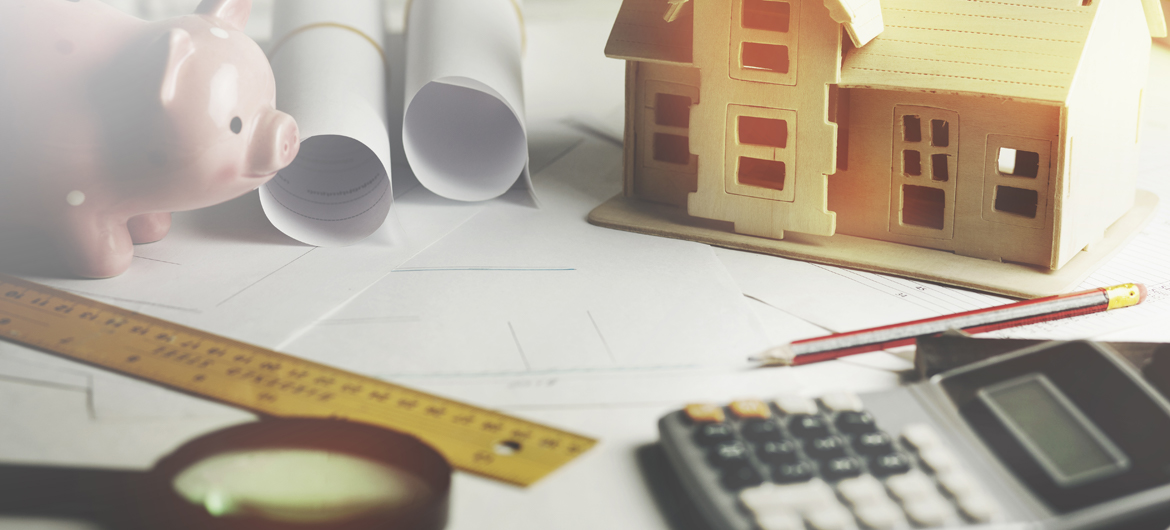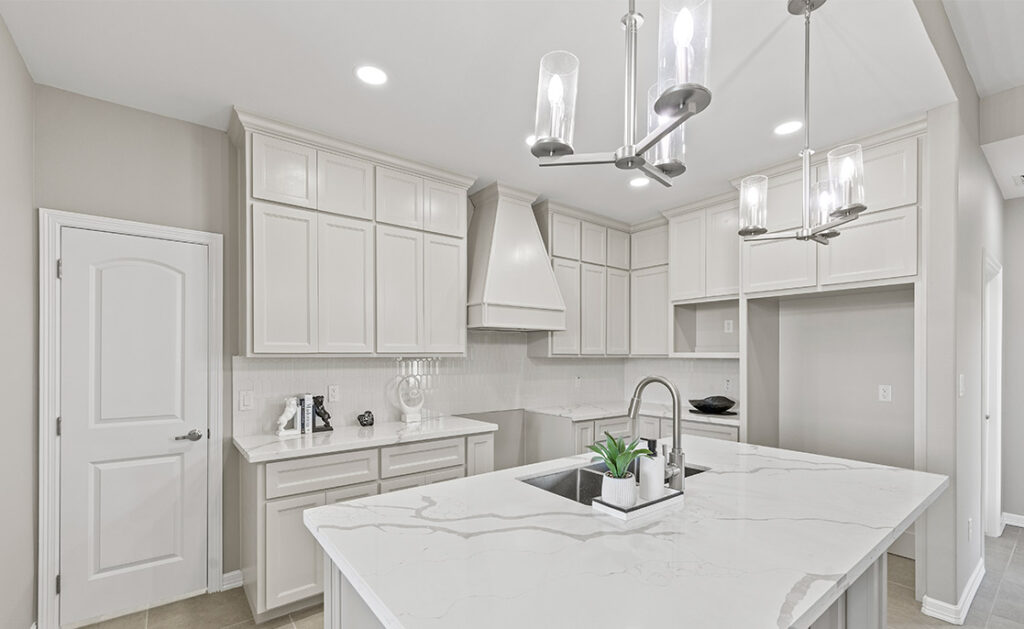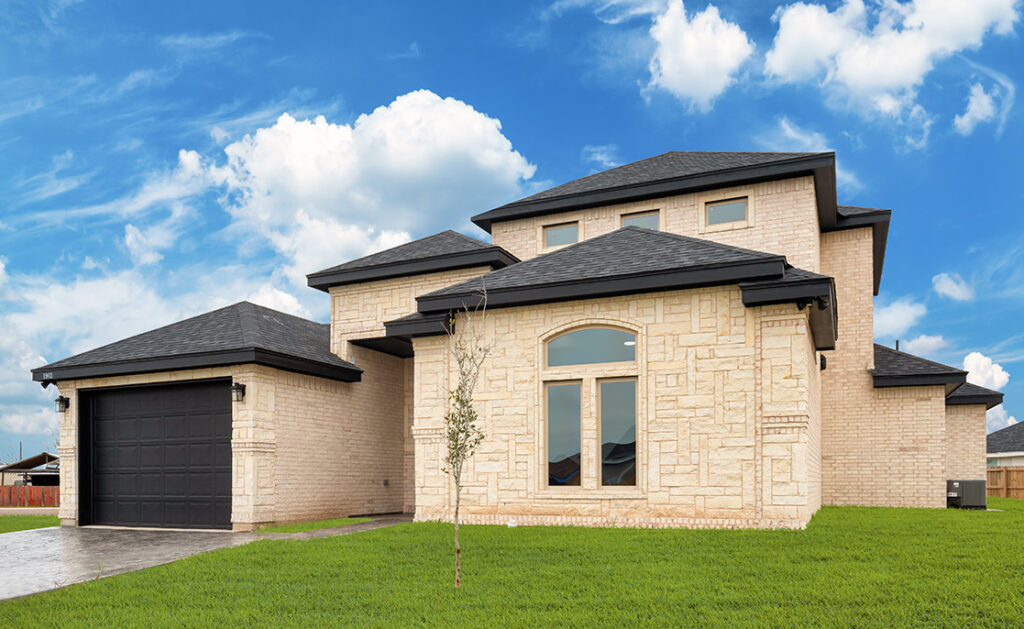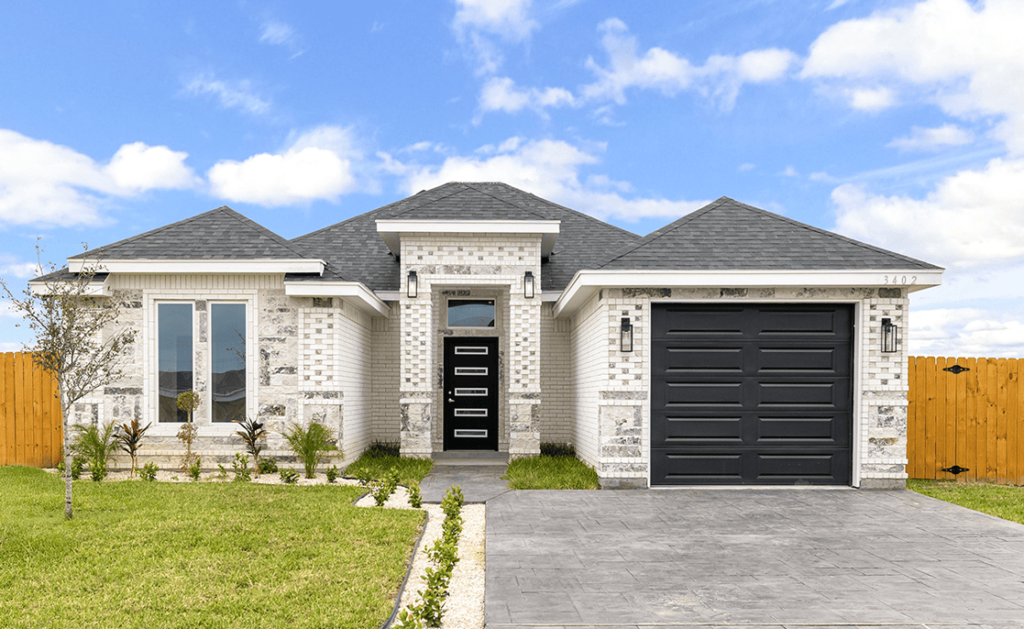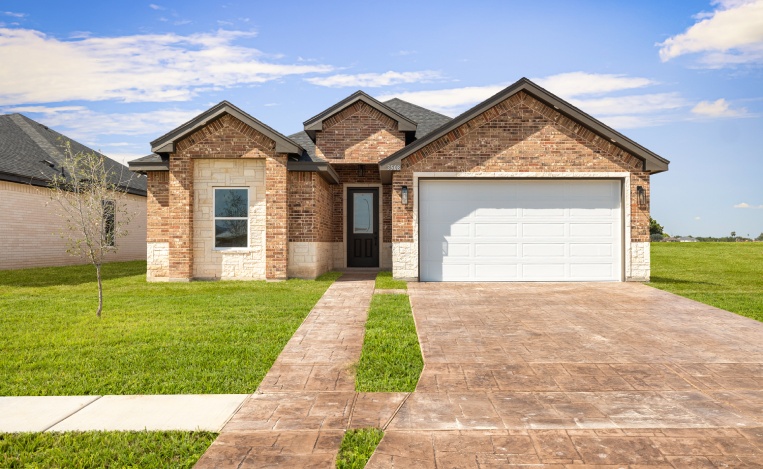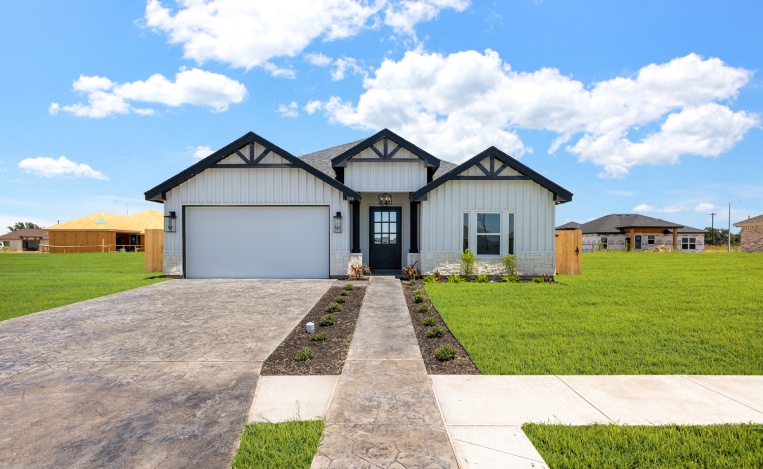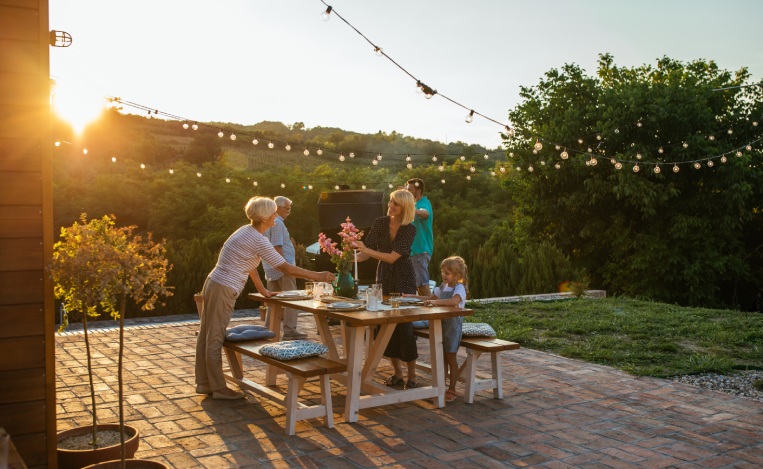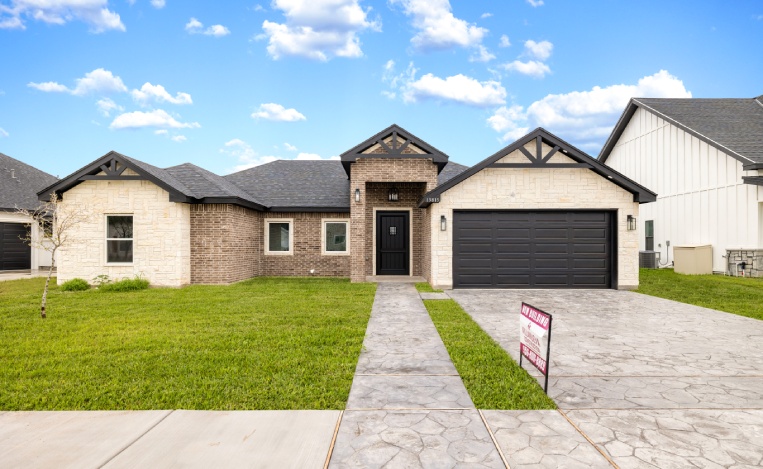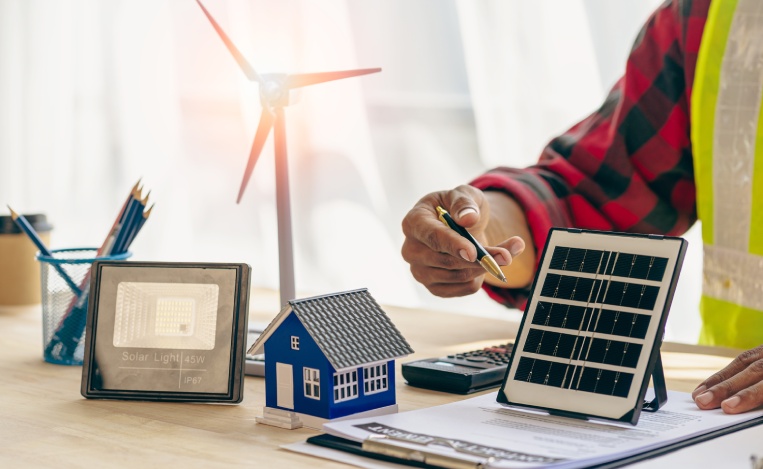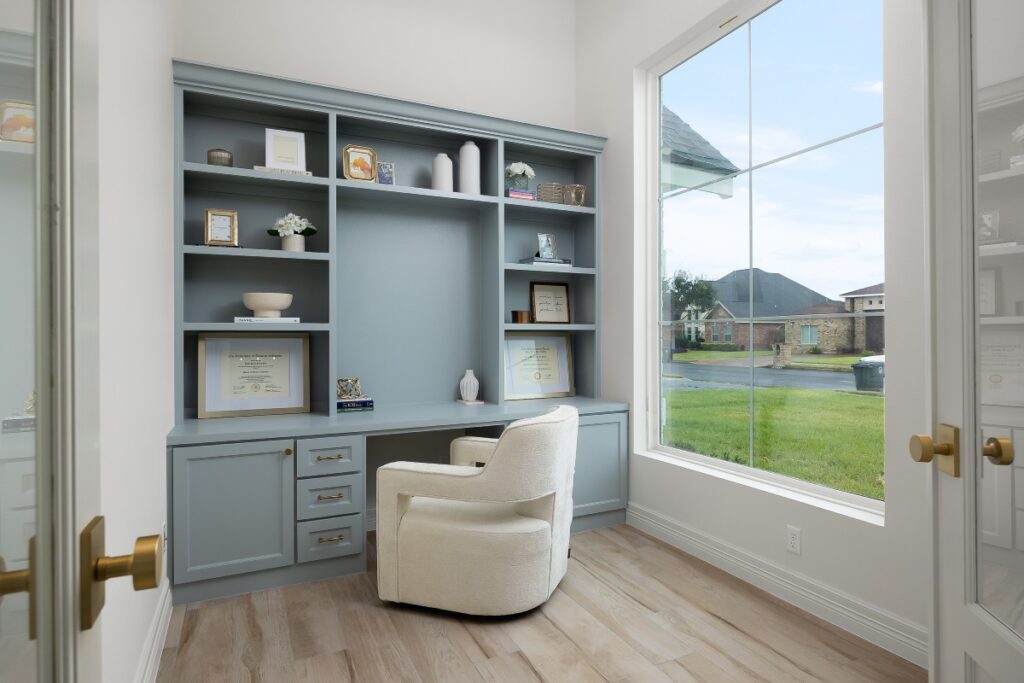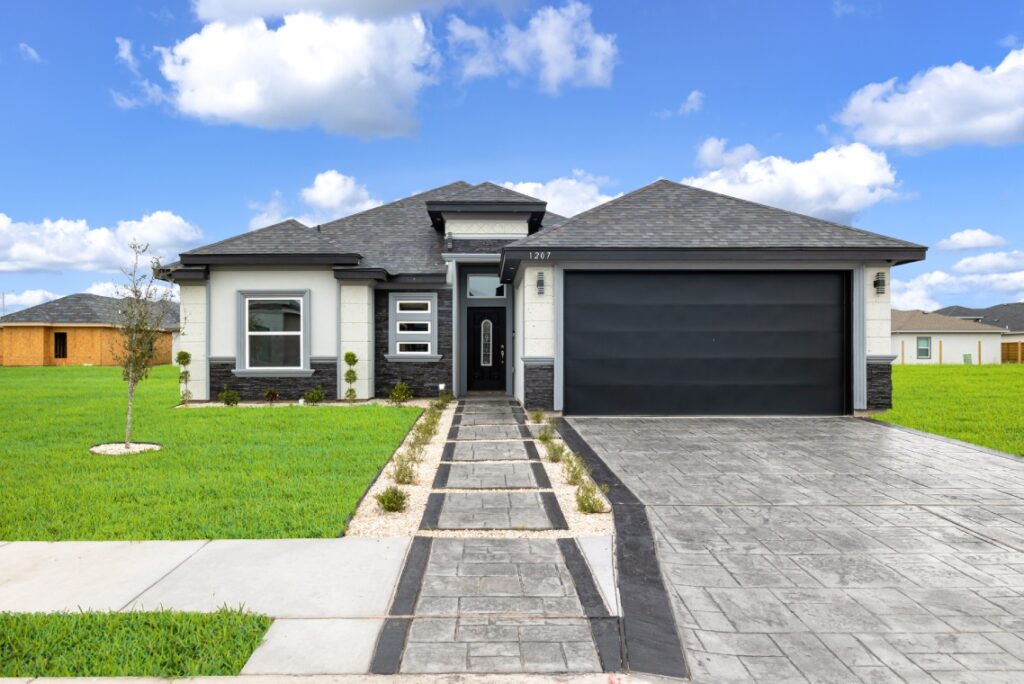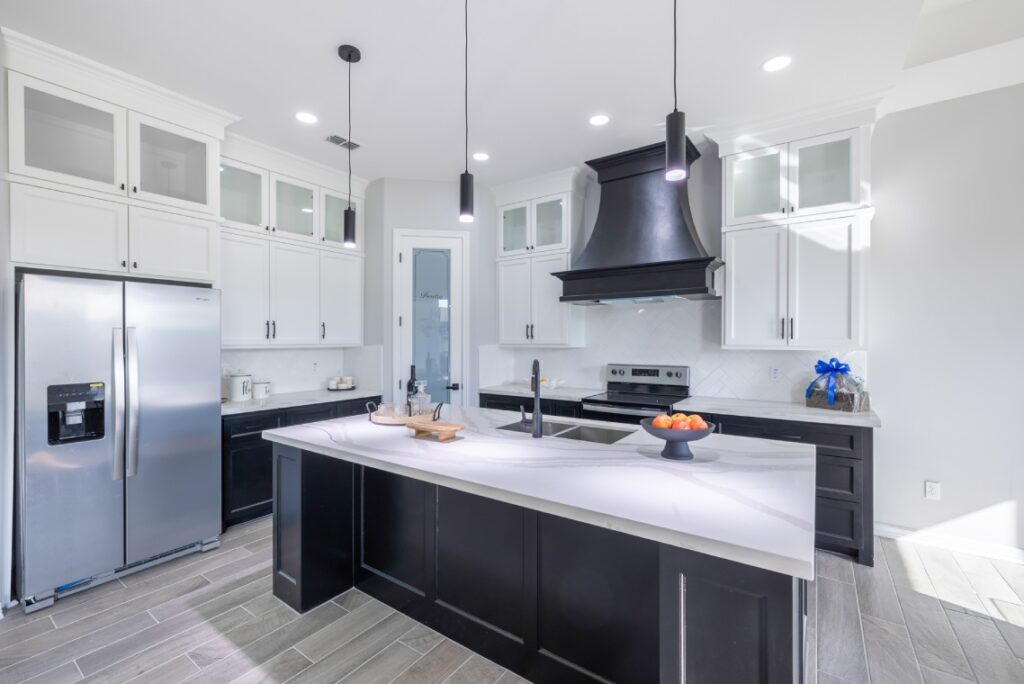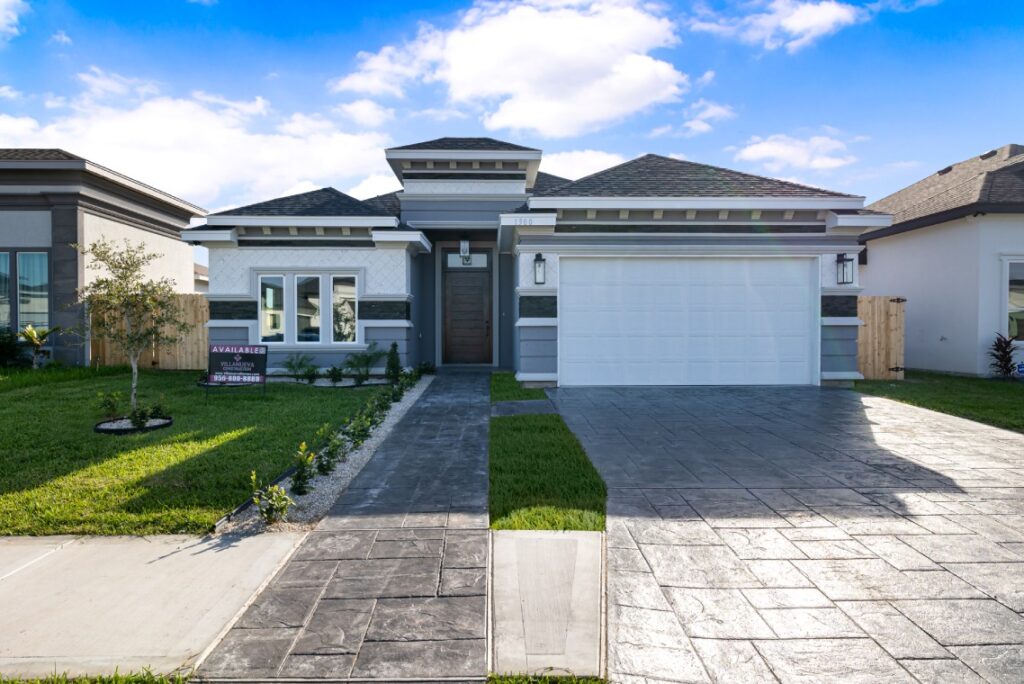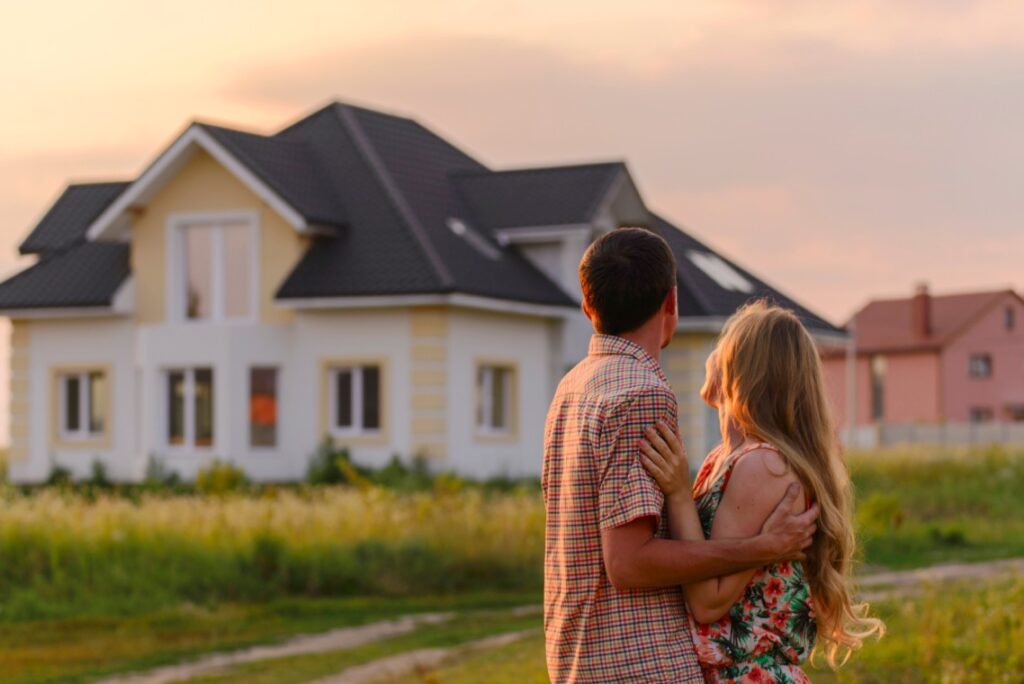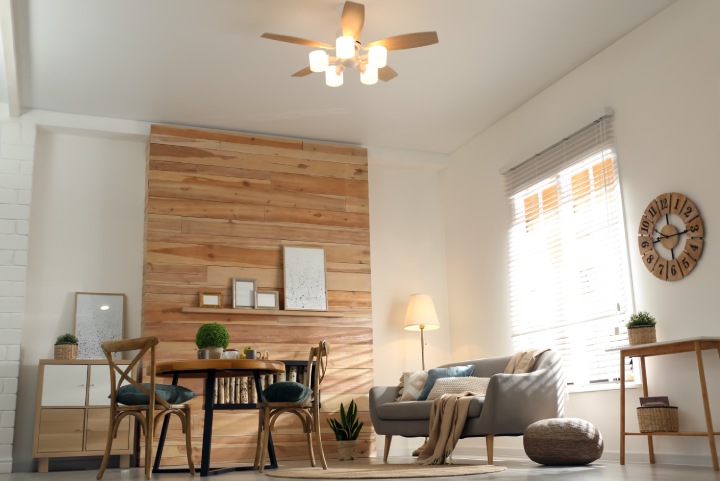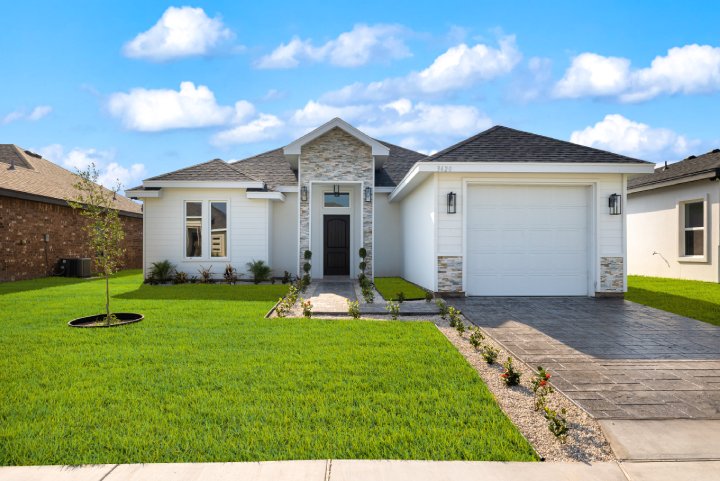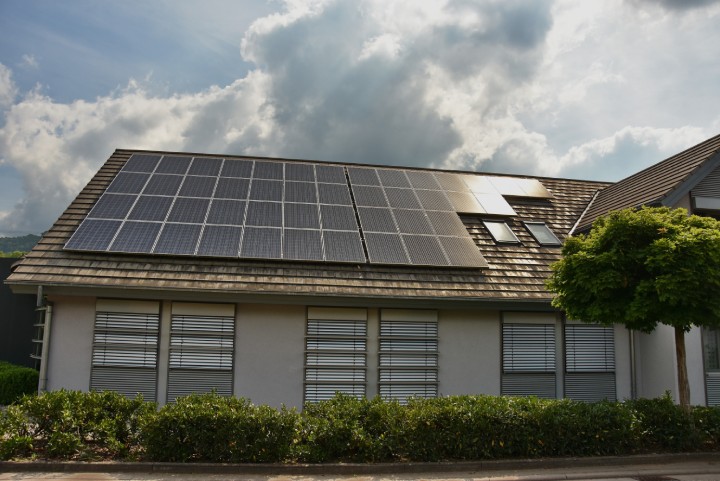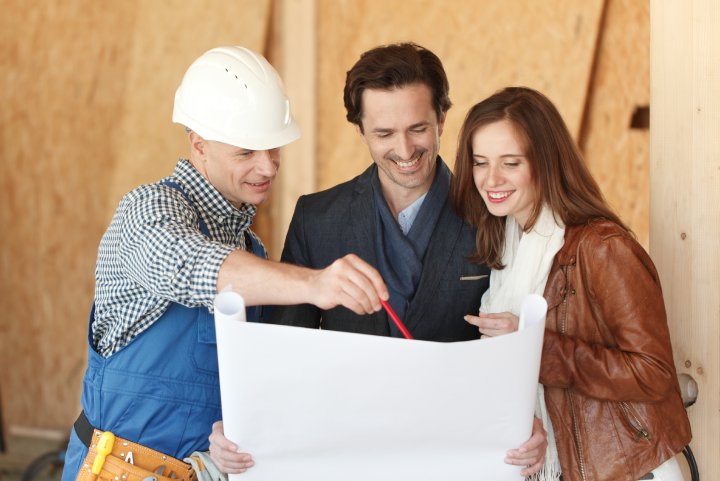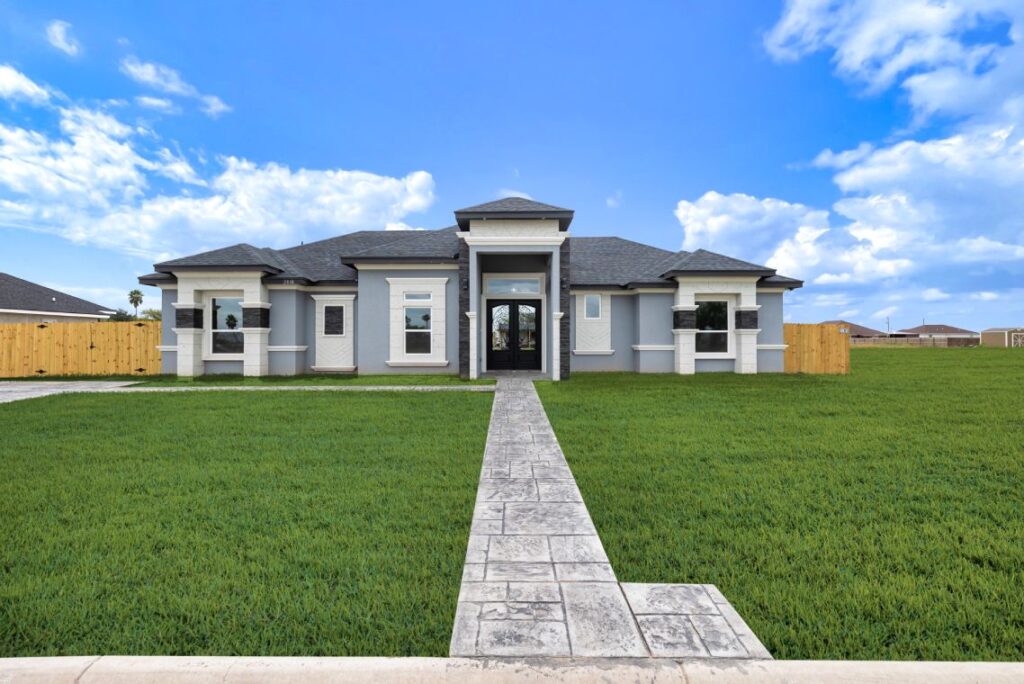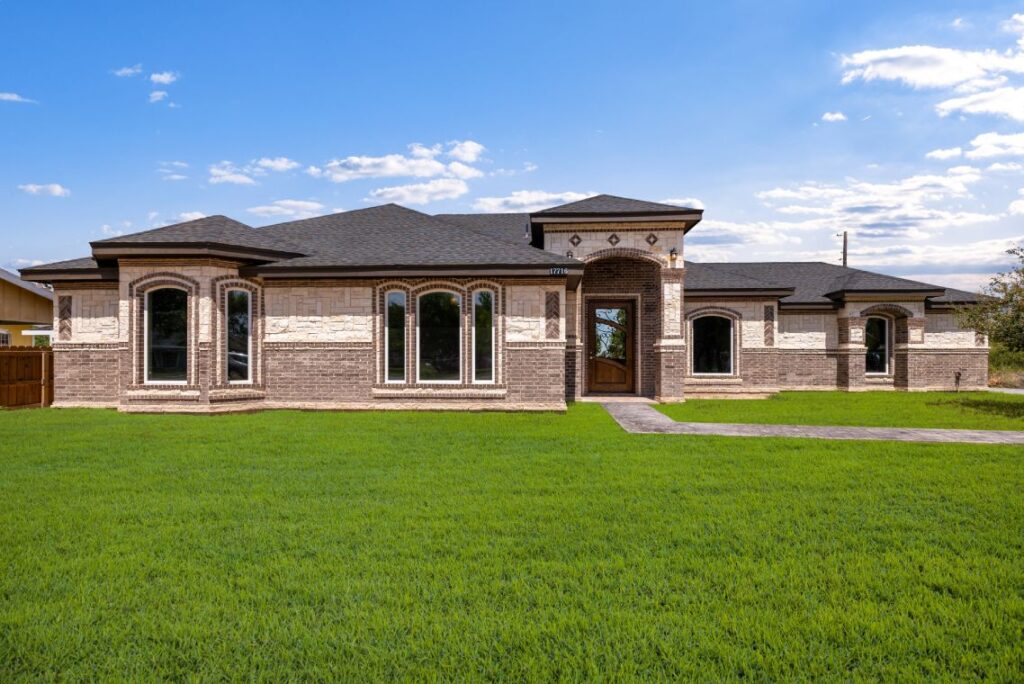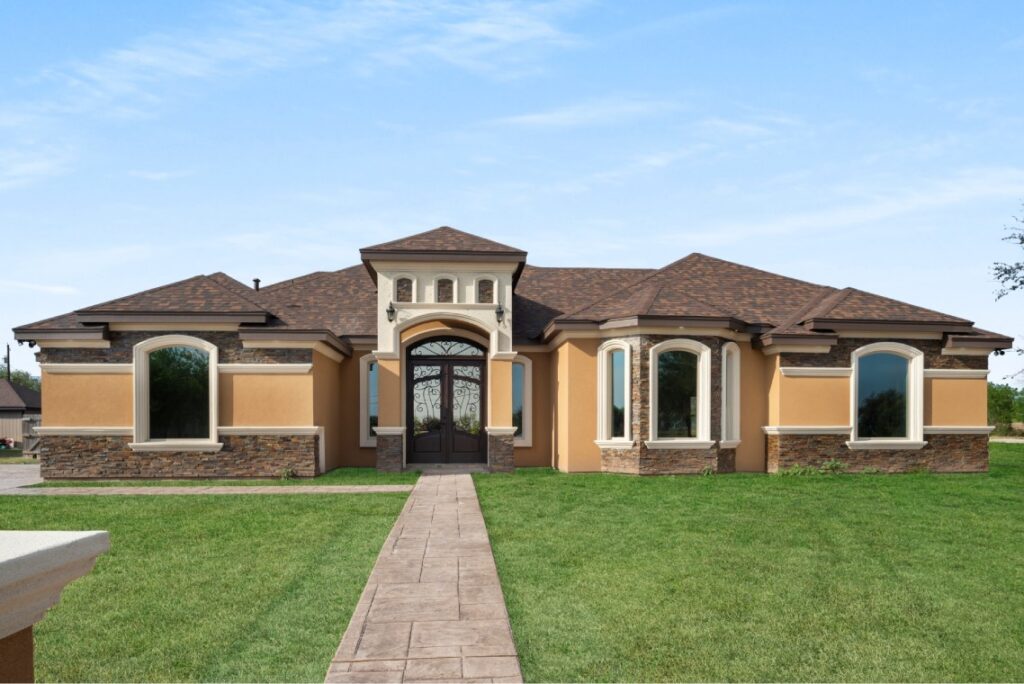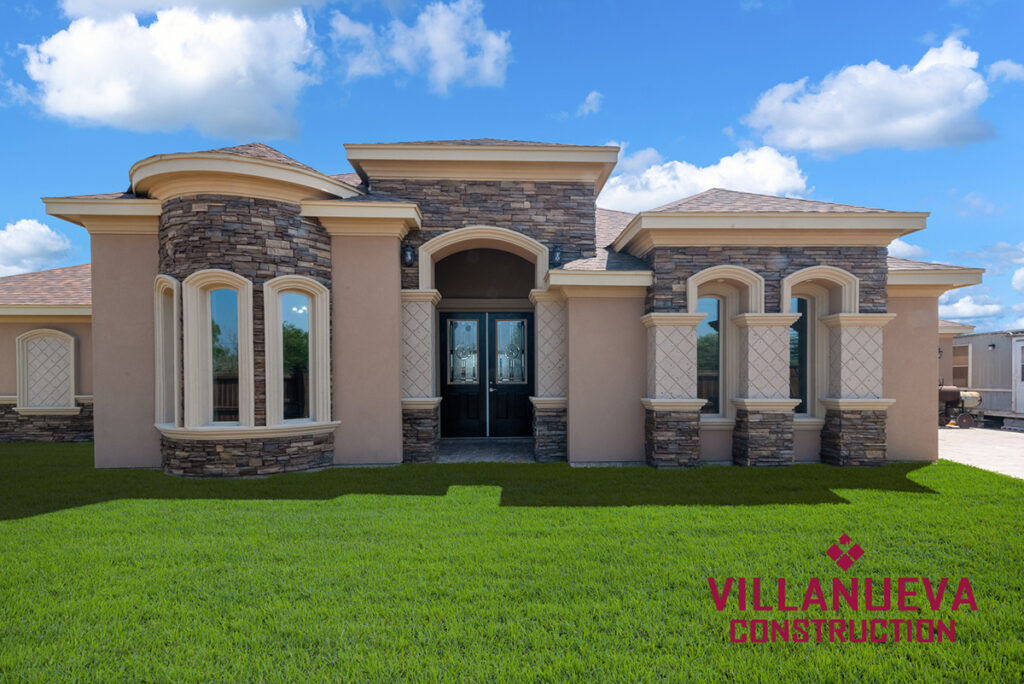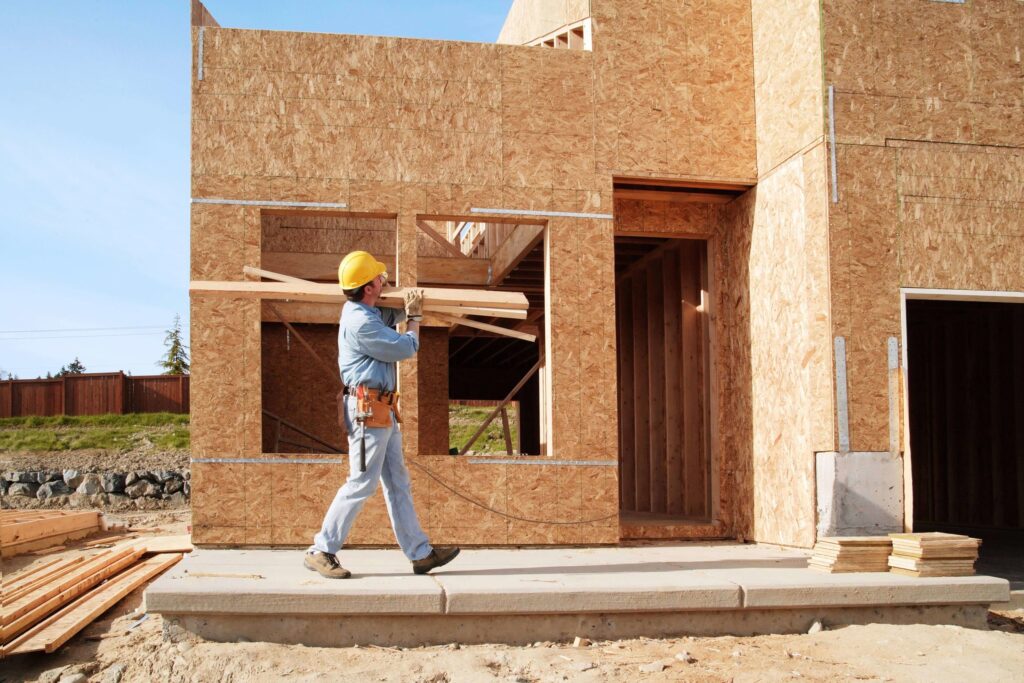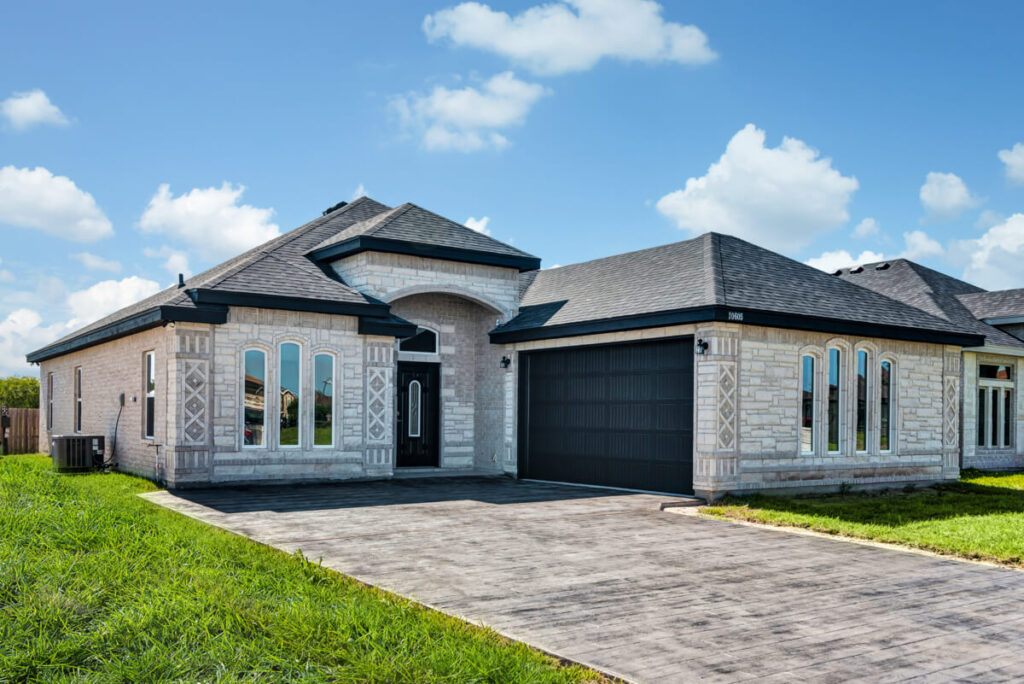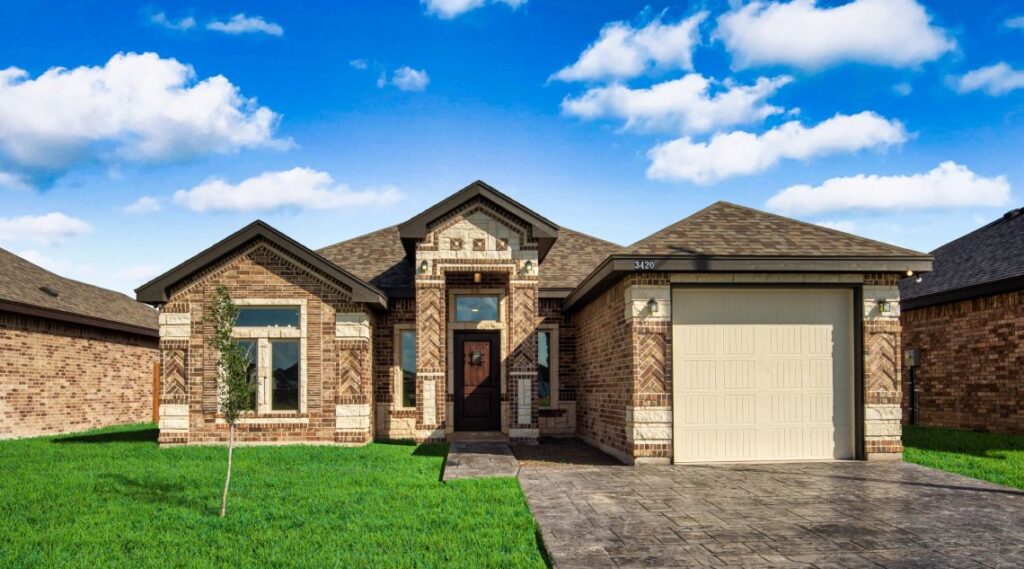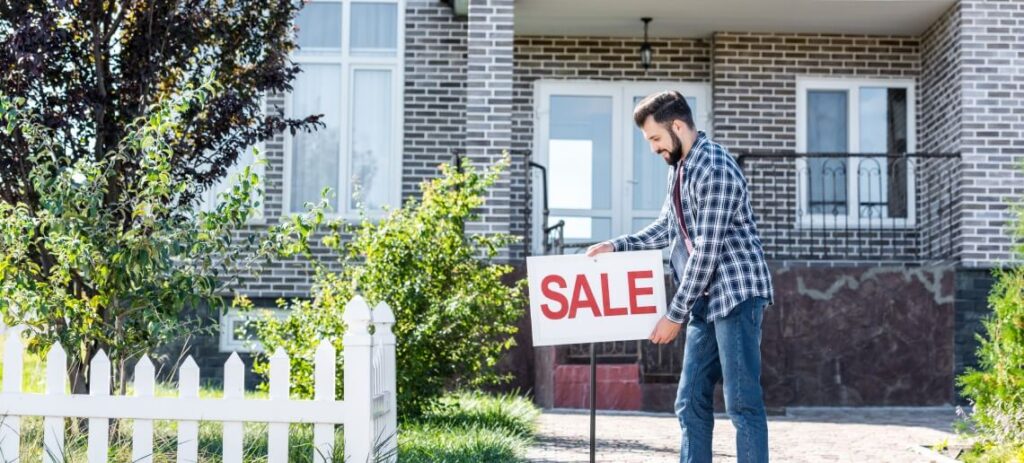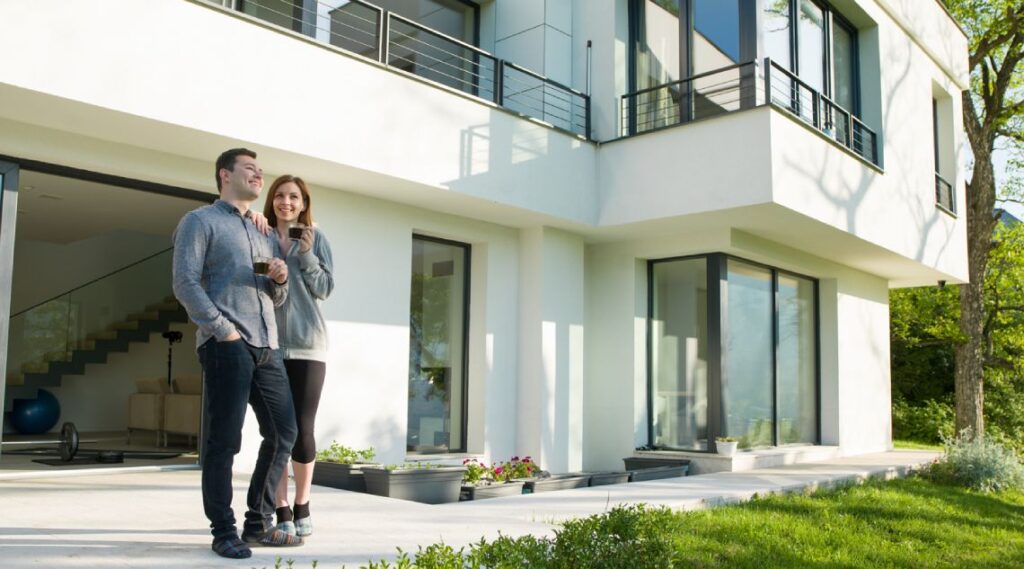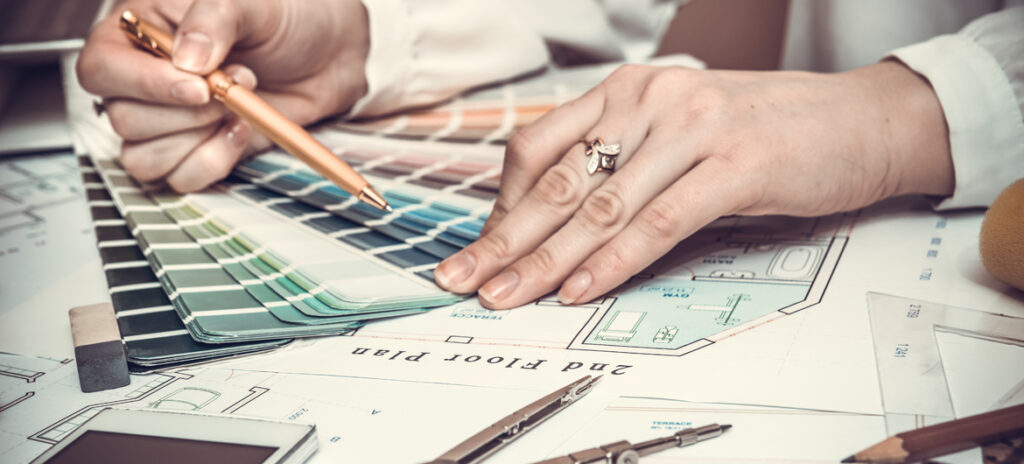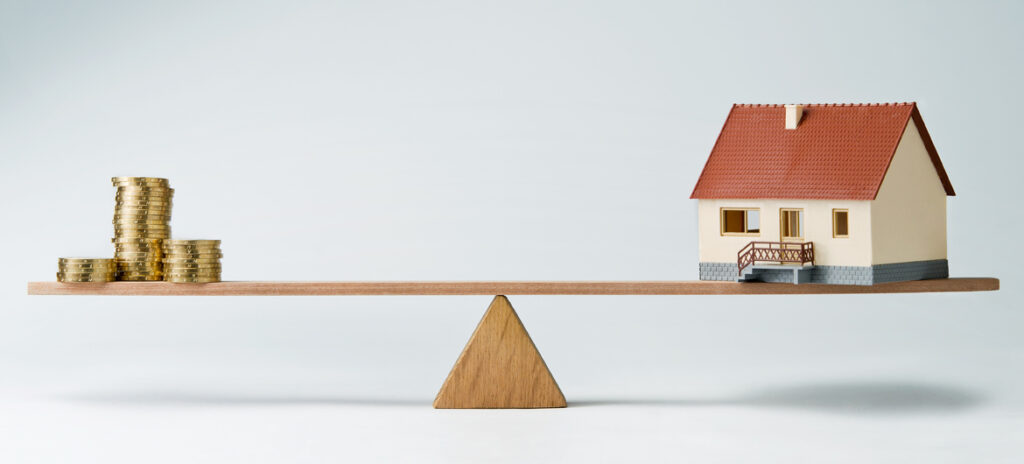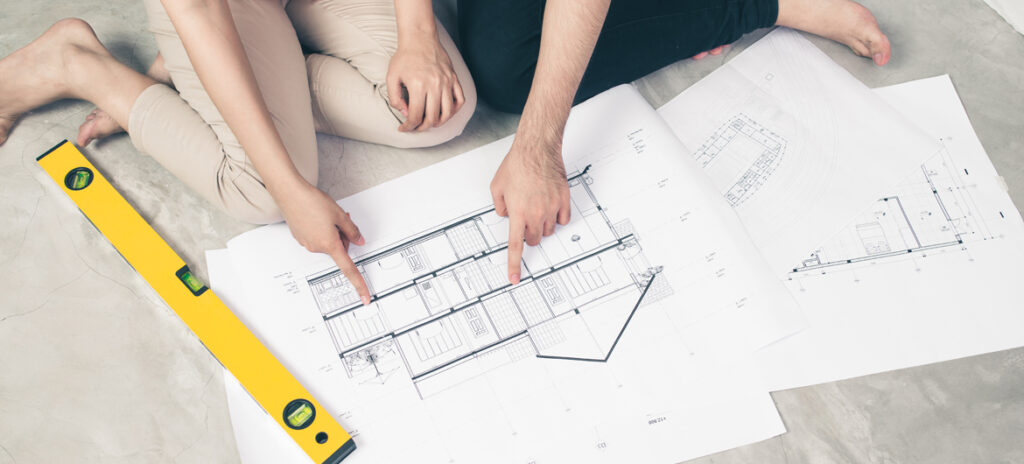The All-You-Need-To-Know Guide to Building Custom House
Custom houses are some of the most wonderful real estate that you can come across. Many people dream of one day owning one, but few actually make it happen for themselves. If you are one of those who want to get going on your custom home dreams, then proper guidance and foresight are what you are going to need to materialize your vision.
Most ‘custom’ homes are really a mixture of latest trends and home designs. But that doesn’t need to be the case with yours. You can construct your own custom home with just the right kind of advice which we are going to give you here. So read on!
It Starts with an Idea
The first thing to do is to write down the features you would like in your dream home. If you have a good drawing hand, then go ahead and make a sketch to have a rough idea of what all those features are going to look like when put together.
Doing the Research
Look through architectural and real estate magazines to find the houses that fit your vision closely. Even if you don’t want your dream home to look like any of them, doing the research will give you an idea of how ideas can turn into reality.
Doing the Legwork
From the magazines, you will get to know where you can find the houses that most closely resemble your type. Take a tour of such a neighborhood and click pictures to use later.
Hiring a Designer
Once you have a grounded idea of what your dream home should look like, it is time to get professional help. Look through classifieds or search online for designers who specialize in custom homes or the types of homes that are closest to your home type. Make sure the person (and their team) you hire has the right licensure and indemnity insurance before moving forward.
Don’t Butt In
Though you may feel an overwhelming desire to ‘narrate’ the design process, try not to get over involved. Let your designer run you through the most viable features of your home according to your tastes and your budget and ‘quarterback’ the project. Differences of opinion are natural and expected, but don’t let them make you lose a good designer who can potentially give you the home of your dreams.
Strive for Sustainability
Everyone wants a luxurious looking home. But all that glitters is not gold. The fundamental basis of your home design plan should be rooted in sustainability. Spending all your money on building a magnificent house which you then cannot even maintain without stretching your financing thin is not a good situation. So, minimize, prioritize, optimize and come up with a realistic prelim budget.
Analyze the Site
Go with your designer to the intended site of your new home. Use SWOT (Strengths. Weaknesses, Opportunities, Threats) to make a detailed appraisal. Pay your designer sufficiently for their expert opinion. A good designer can save you a lot of trouble later by guiding you through to a solid and practical home design.
Making Things Official
So, now you have the site analysis, the brief and the basic home design. It is now time for contracting. Let your designer modify your prelim budget with your brief in consideration. This budget and brief is a ‘living document’ and will evolve as the building proceeds. Have your designer sign it over to you and ensure they sign it every time changes are made to it.
Time to Conceptualize (Officially)
Till now, whatever plans you have made are like notes in class. It is time to put them to use and come up with the plan of action. Again, let your designer take the lead and you can lay back, take their best ideas and see if the jive the right way with you. Don’t be afraid to declare what you want, but don’t try to control everything either.
Developing the Concept
Once you have developed your ideas into a working model, you need to take it to the next level. With the help of your designer, you can make a cardboard or even polystyrene model of the house, before actually committing to the design. This will help you better understand the feature placements and the impact of weather dynamics on them.
Figure it Inside Out
Take measurements of all your furniture and other things you intend to put inside your home and see if the inside play out according to your wishes. Wherever possible, try to trim down on the land and space use to save some money. This will be a short-term save as well as a long-term one. Remember that sustainability is key. Each square meter you will save you construction money and later, heating or cooling money.
Final Touches
This is the final phase of the planning process. Now, you need to finalize all aspects of the structure starting from floor planning and building shape to interior décor and finishing. Be prepared for your budget to exceed its limits as you let your ambition flow freely. At the same time, remember realities and cut them down when they become too unwieldy.
Getting to Building
To get here, you are going to need permission to build from the local government authority. Once you have that, the designer will add the final details to your plan and the building will commence.
If you follow the process we have prescribed above, then with even the slightest of luck, your custom home will turn out to be exactly what you wanted. Remember to stay involved all throughout the process and keep tabs on the cost and quality of material being used by the builders to erect your home. You will need to do this diligently and without pause. Collaborate with your builder to ensure that you get the best out of the construction process. They will be able to guide you to a better understanding of how you can make your home sustainable and eco-friendly.
Learn more on our blog!
Get the latest news and information about building a custom home in the Rio Grande Valley.

